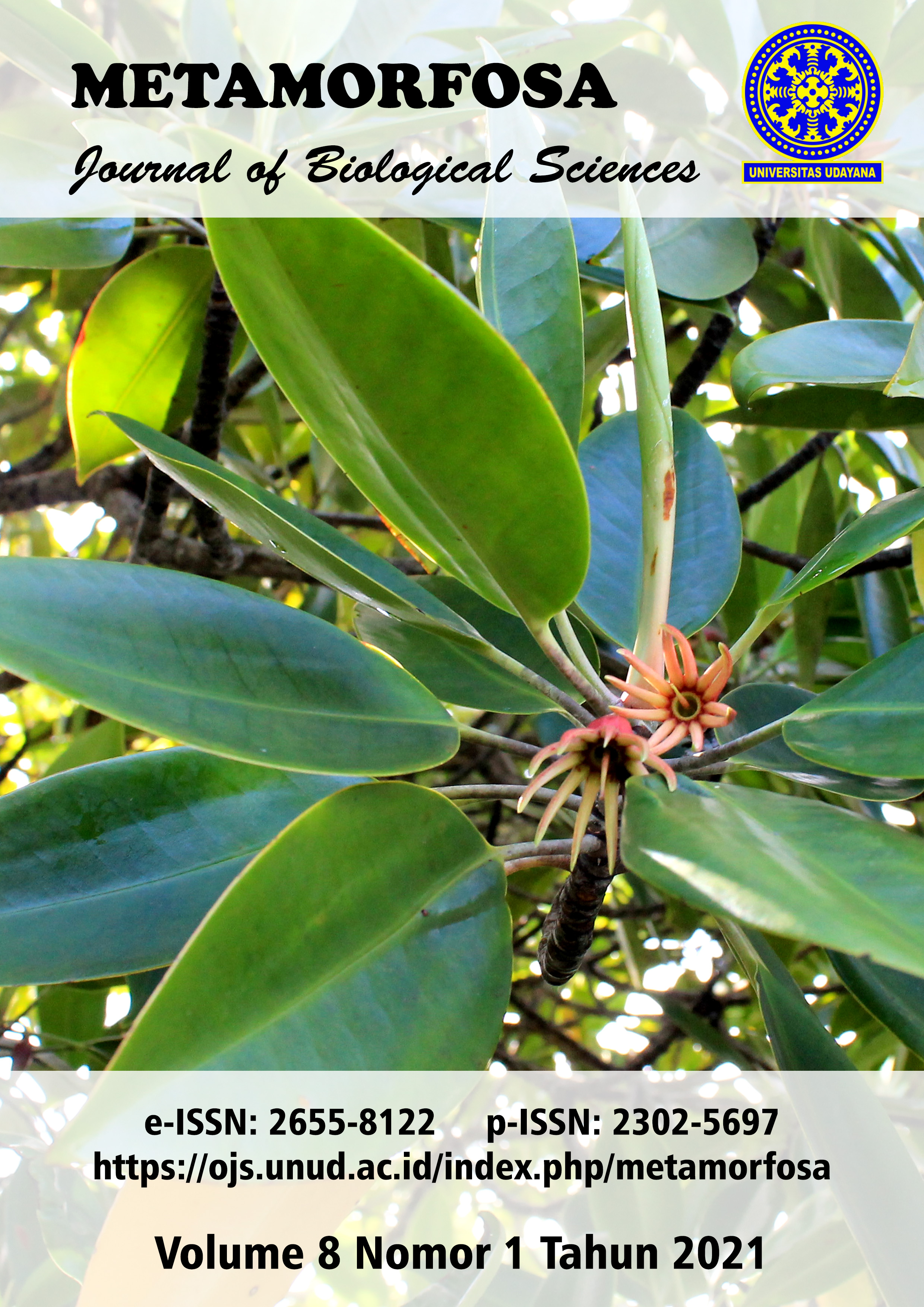Isolation Of Indigenous Cellulolitic Bacteria Degrading Oil Palm Empty Fruit Bunches
Abstract
The growth of palm oil industry increasing continuesly nowadays causes more waste produced from this commodity. One part of oil palm that is wasted and eventually becomes waste is oil palm empty fruit bunches (OPEFB). The largest component contained in OPEFB is cellulose. This component is very difficult to degrade because it is crystalline and insoluble in water. Several biological agents from the bacterial group are known to degrade cellulose because they have cellulolytic abilities. This study aims to isolate bacteria from OPEFB waste which has cellulolytic potential that can be used to degrade EFB waste optimally. The research stages began with sampling the decomposed OPEFB in the oil palm plantation area of ??PT Agro Sinergi Nusantara, Aceh Jaya Regency, Aceh. Then the bacterial isolation was carried out from the sample. The isolation results were 18 bacterial isolates. Furthermore, these isolates were purified and tested for the cellulolytic ability by inoculating on CMC media. The results of the cellulolytic ability test was 15 isolates had potency indicated of the formation of a clear zone around the colony. Among the 15 isolates, there were 4 bacterial isolates with high cellulolytic potency categories, namely isolates BK608, BK610, BK713 and BK818, with a cellulolytic index respectively 9.94; 6.67; 5.39 and 4.83.





